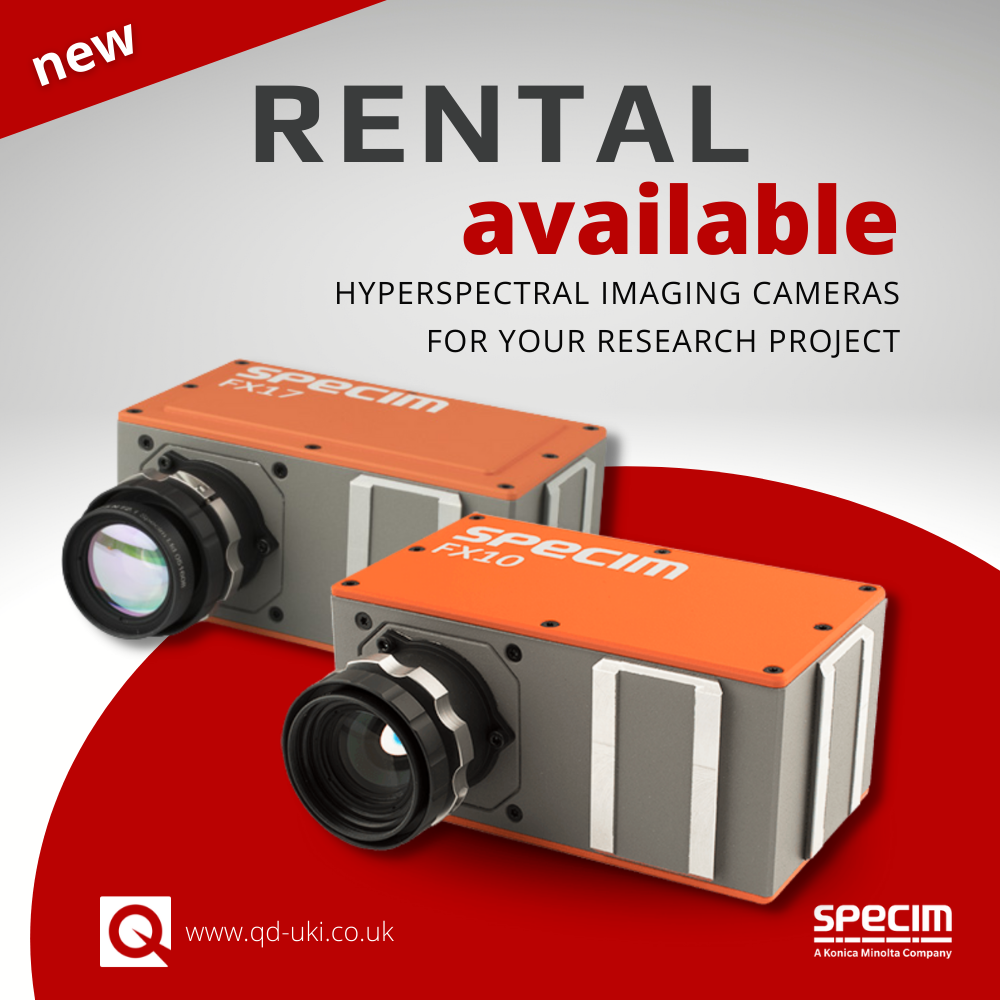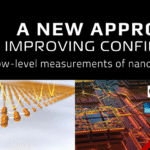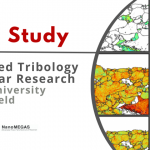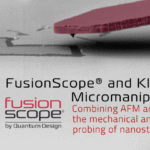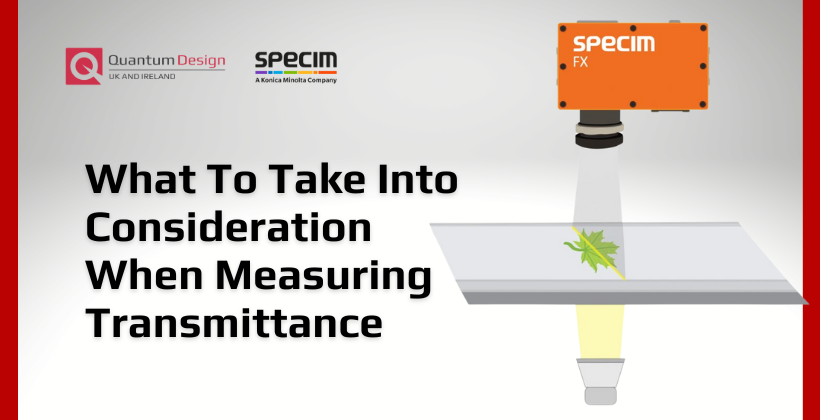
Transmission Scanners and Hyperspectral Imaging
We sometimes get inquiries regarding transmission scanners. Transmission scanners are used to measure the transmittance of samples by placing the camera on one side of the sample and the illumination on the other. This article, from Specim, discusses potential pitfalls and considerations when proceeding with such measurements.

1. Ambient light
Ambient light accessing the sample surface will cause the user to measure a mixture of transmission and reflection from the surface instead of pure transmission. Thus, the system should either be operated in a perfectly dark room – not easy to implement – or preferably prevent the ambient light by designing an enclosure around the system.
The typical transmission signal is relatively low, and a high integration time is needed. It means that the ambient light reflection, if present, may strongly dominate what the camera actually measures. In the case of transmission measurement, even the light from the computer monitor can distort the result.
2. Stray light
Following the previous paragraph, an enclosure should prevent ambient light from reflecting on the samples. However, designing a proper enclosure is not trivial. The illumination going through the sample or the transmission window may bounce on the enclosure wall and then reflect again on the sample surface, leading to excess reflection.
Also, space between samples and on their edge will cause two types of stray light related issues:
1) the direct illumination will hit the camera’s front objective then bounce back to the samples. This will again cause unwanted reflection.
2) the direct illumination is often more intense than the transmitted light, causing simply stray light in the whole system, polluting the transmission signal of the samples.
To avoid any excess stray light, Specim would recommend using masks on the transmission window or line having the shape of the samples, avoiding unnecessary direct light to go through the system.
3. White referencing
For a successful transmission measurement, white referencing also plays a role, and special care for the normalization should be considered.
White reference is crucial in hyperspectral imaging, regardless of the measurement geometry (reflectance, absorbance, and transmission). It measures the incident light (before reaching the sample) seen by the camera (taking into account the QE of the detector and the transmission of the optics). For classic reflectance geometry, a diffuse white tile is typically used. However, the same tile can not be used for transmittance geometry, as it is somewhat opaque. Without blinding the camera, a thinner tile could be used, letting some light pass through.
Another approach would consist in using white or grey Opal glass. This material could be used as support to convey the samples, and measuring the light passing through would be appropriate. Besides, Opal glass would act as a diffuser, improving the measurements homogeneity.
But in any case, we do not recommend measuring the incoming light directly. Direct light would be measured with a very low integration time, whereas samples would require a much longer one. This mismatch of integration time could be corrected with a dual integration time approach.
A proper transmission system requires very careful planning and designing. Moreover, its use needs to be well documented.

Any questions?
Please contact our Technical Sales Engineer, Dr. Luke Nicholls on (01372) 378822 or email him here.




